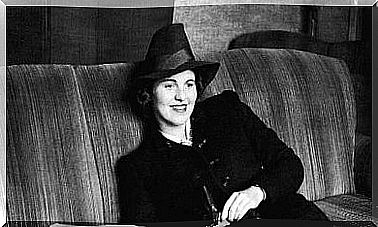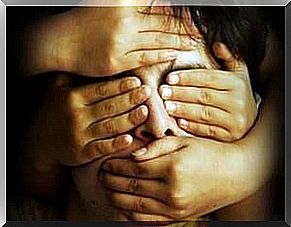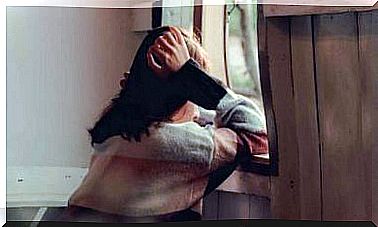The Comuneros, The Defeat Of Freedom
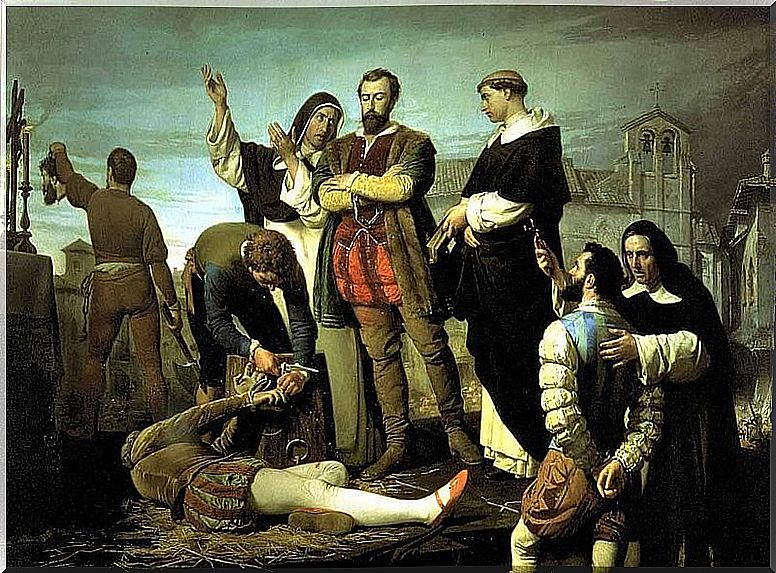
Taxes, as the name suggests, are never voluntary. There was a time in Spain when, to approve them, the king required the approval of different Cortes and assemblies. The most powerful of all were the Castilians, to which representatives of the main cities of the kingdom came. These institutions that limited royal power soon annoyed the monarchs, who sought to monopolize the entire kingdom in their hands. The comuneros were the last defenders of this status quo .
Perhaps the attributions of the Castilian Cortes were anachronistic for a kingdom that was already spreading across the planet. In any case, as with any loss of freedom, it was charged with blood and fire.
the spark of rebellion
In 1517, Prince Charles, of Flemish origin, lands in Asturias to occupy the throne with the name of Charles I. In the beginning, he assumed the hope of reversing the situation of bad harvests, social tensions, political instability, hunger and high taxes that devastated Castile.
Soon, Carlos made decisions that displeased the population, such as requesting services, a type of extraordinary tax, to be spent on conquering the imperial throne. Many nobles also disliked the excessive presence of foreigners at Court.
After some Cortes held in La Coruña, new services would be approved without the support of cities like Toledo or Salamanca. The general feeling was that the king, who did not learn the local language, treated his main kingdom in a secondary way.
In Toledo, a meeting was proposed in Avila, bringing together the cities with a vote in the Cortes. The members would be called comuneros. These comuneros decided not to comply with many of the new taxes and to demand the return of certain liberties and burdens to the Castilians.
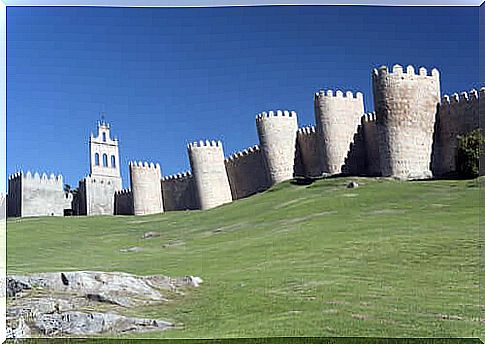
The comuneros and the weapons
In 1920, in the month following the Cortes de Coruña, future members of the comuneros took the city of Segovia assassinating the representative in the Cortes. Leon, Guadalajara, Burgos and Zamora followed.
The only way to enforce their demands was guns, and they wouldn’t hesitate to accept them. However, the first blow came from the king’s troops.
To subdue the Segovian comuneros, the governor in Carlos’ absence, Adriano de Utrech, needed the artillery of Medina del Campo. The inhabitants of Medina refused to hand her over to such an outrage and their houses were set on fire.
The cruelty was so great that many cities soon joined. Padilla would lead Toledo, Maldonado, Salamanca, Bravo, Segovia, Zapata, Madrid, and many others. The army they gathered took Tordesillas to meet with Dona Juana.
an imprisoned queen
Juana de Castilla, Carlos’ mother, was arrested in Tordesillas. Although she was a legitimate queen, she was considered crazy about political interests. The Comuneros leaders filed their grievances and asked him to claim the throne for himself.
Although the queen heard her petitions, she was unwilling to get involved. However, they secured their power in Tordesillas and seemed to have the possibility of achieving success.
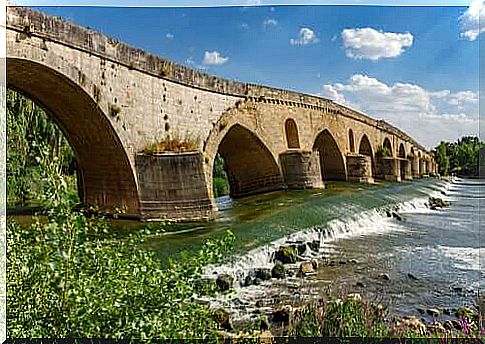
the final defeat
Victory was far from being achieved. Soon the different interests created disagreements among the comuneros and led to several crucial mistakes. Furthermore, the emperor reacted and reorganized his troops. He granted his demands to the cities that supported him, facilitating the betrayals.
Due to several strategic errors, the monarch recovered Tordesillas and sacked it, but some comuneros were entrenched in Valladolid. After a long truce, on a journey towards Toro, heavy rain prevented an army composed of the forces of Padilla, Bravo and Maldonado from advancing.
Attacked at that moment, panic spread and that was the end of their rebellion. Padilla would endure fearless defeat, and his subsequent execution with his companions. They say that all of Castile mourned their deaths, as if they were princes.
Consequences of the collapse of comuneros
The defeat of the comuneros means the extinction of what can be considered the first liberal revolution in Europe, or the last medieval bourgeoisie. In any case, it can be said that it meant a limitation on the power of the Castilian assembly.
Since Hispanic America was part of the Castilian Crown, the loss of freedom would eventually affect the cities of the New World. To recover it in both Spains, both peninsular and American, several centuries would be needed.
However, Carlos decided to increase the Castilian influence in his government. The urges to limit the ruler’s power and the repudiation of taxes are not specific to our time, but can be traced as long as such power and such taxes exist.
